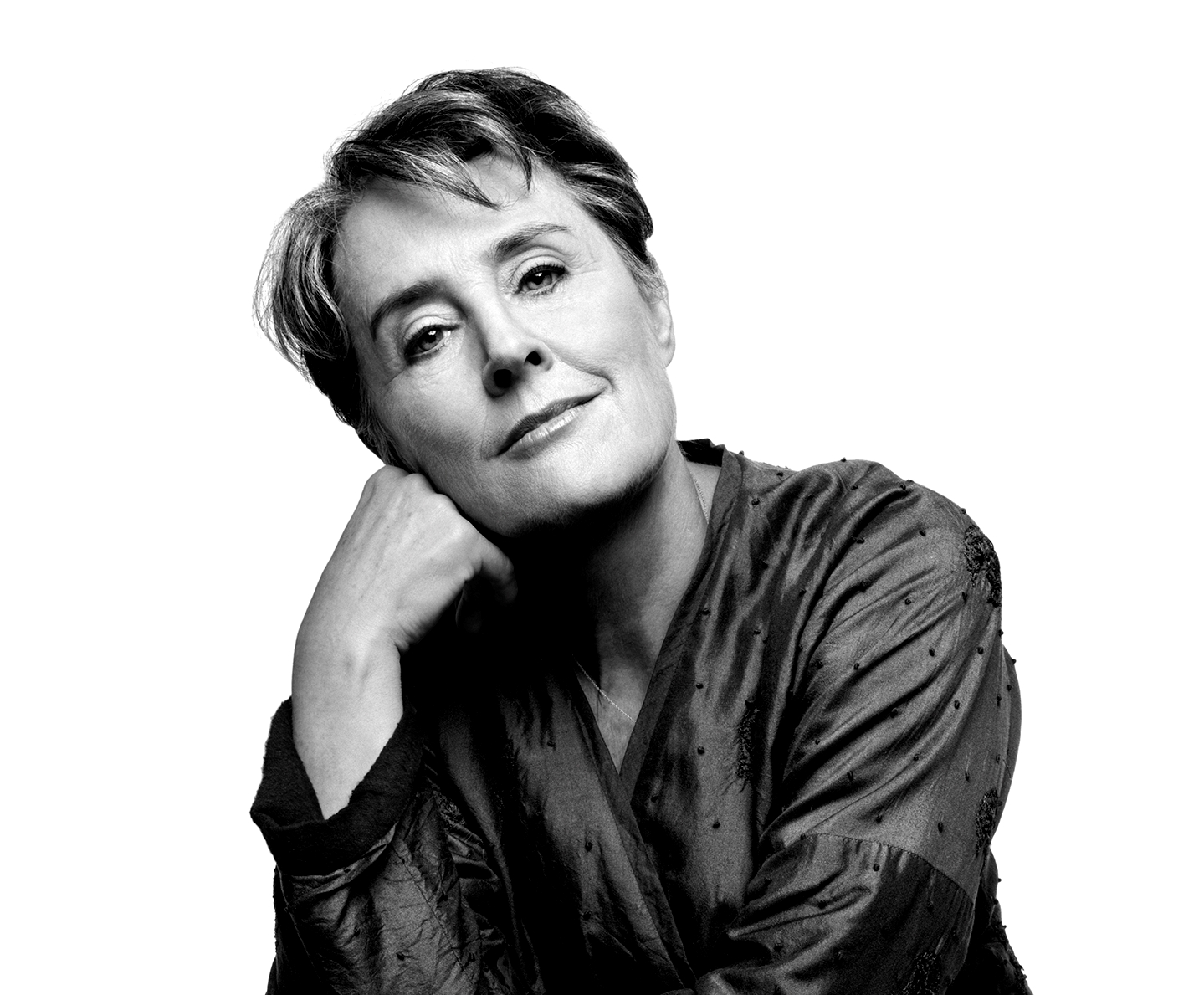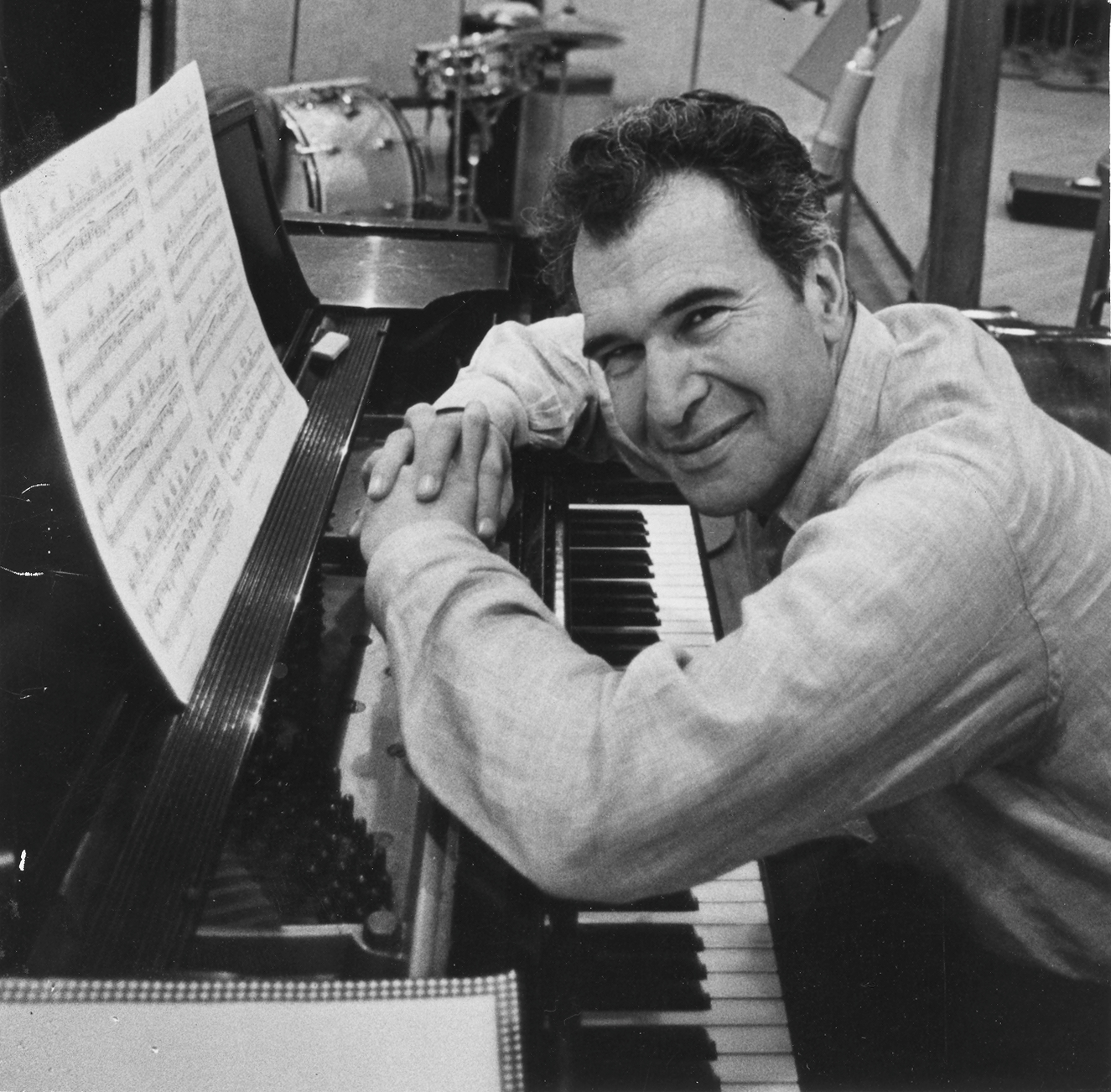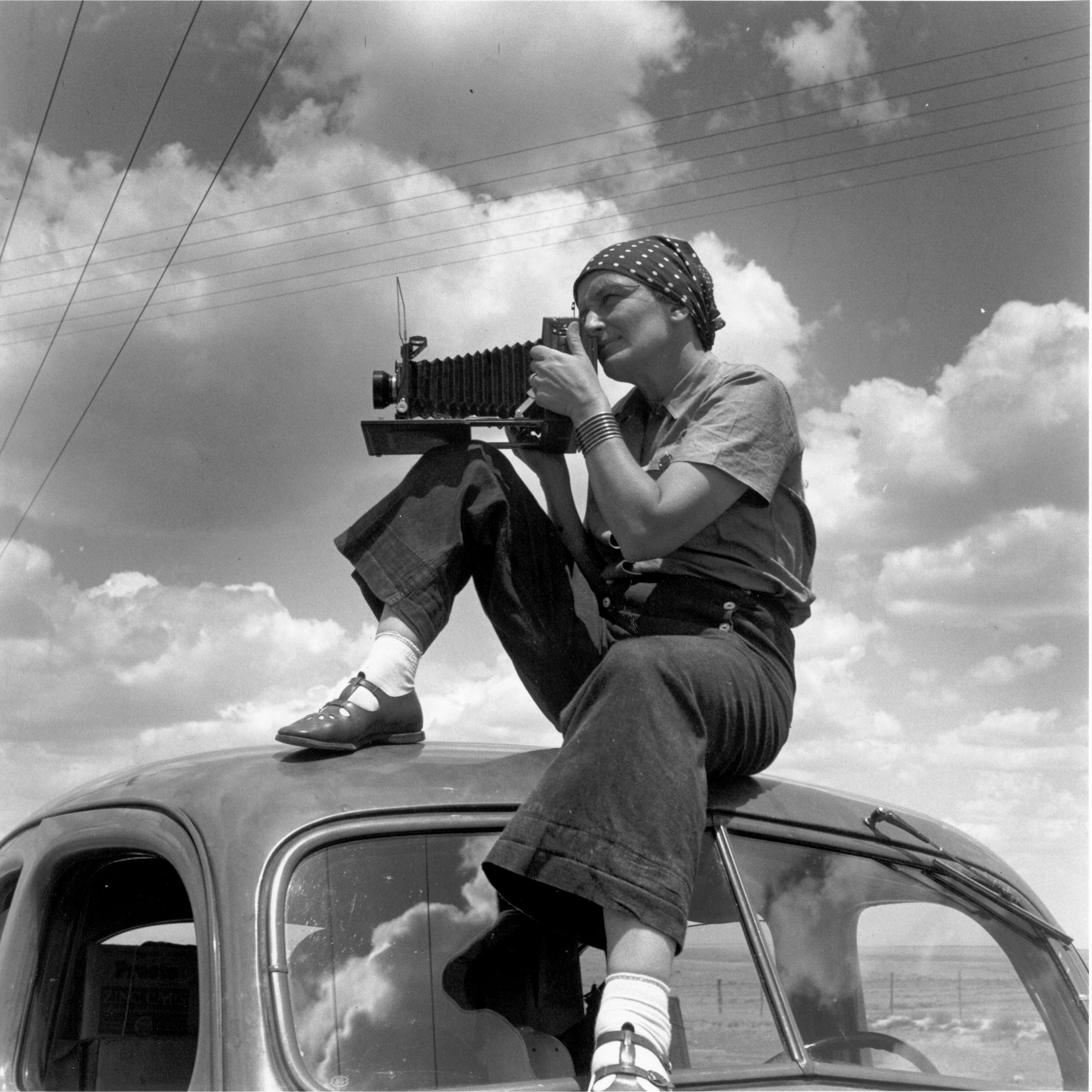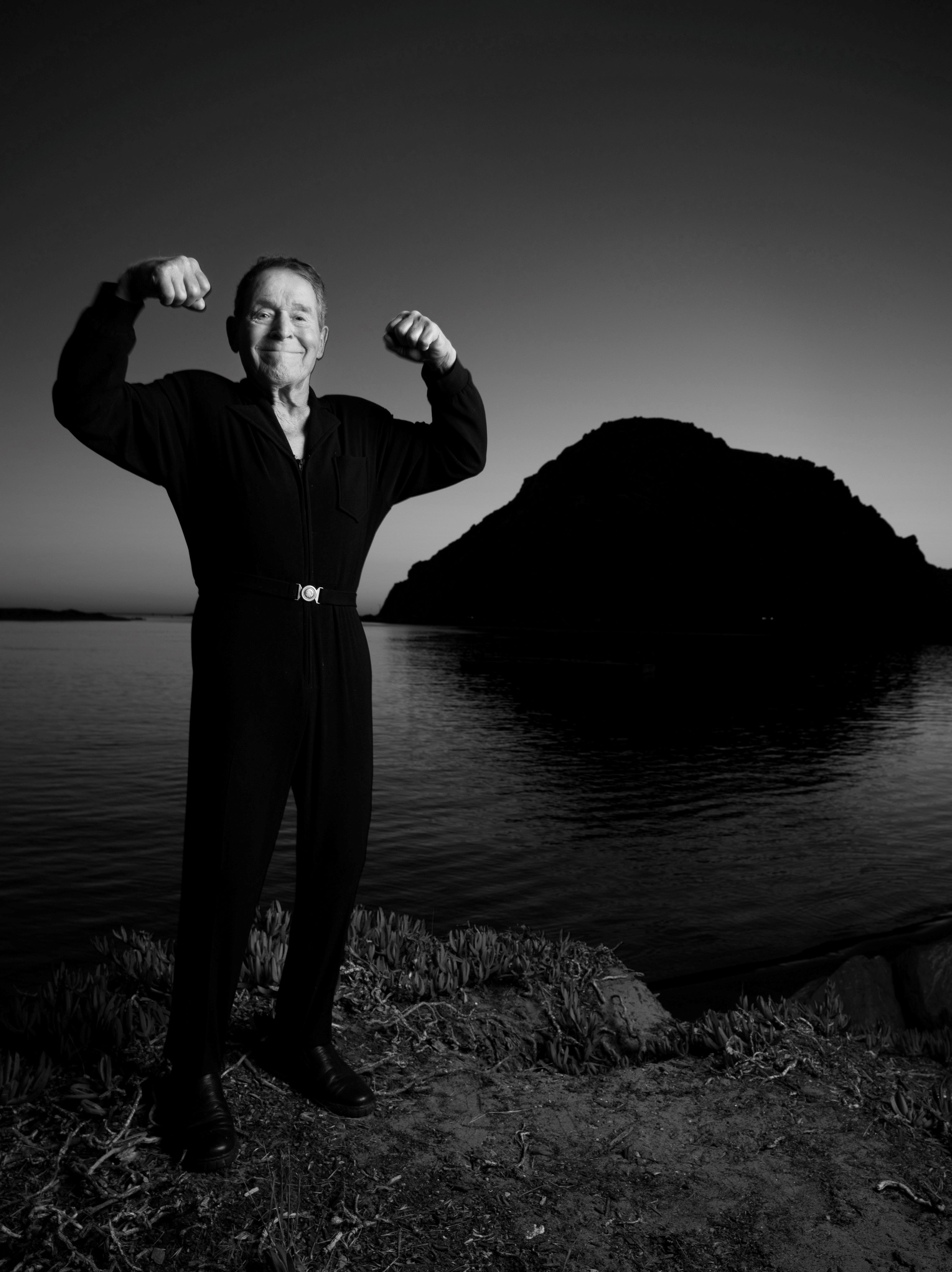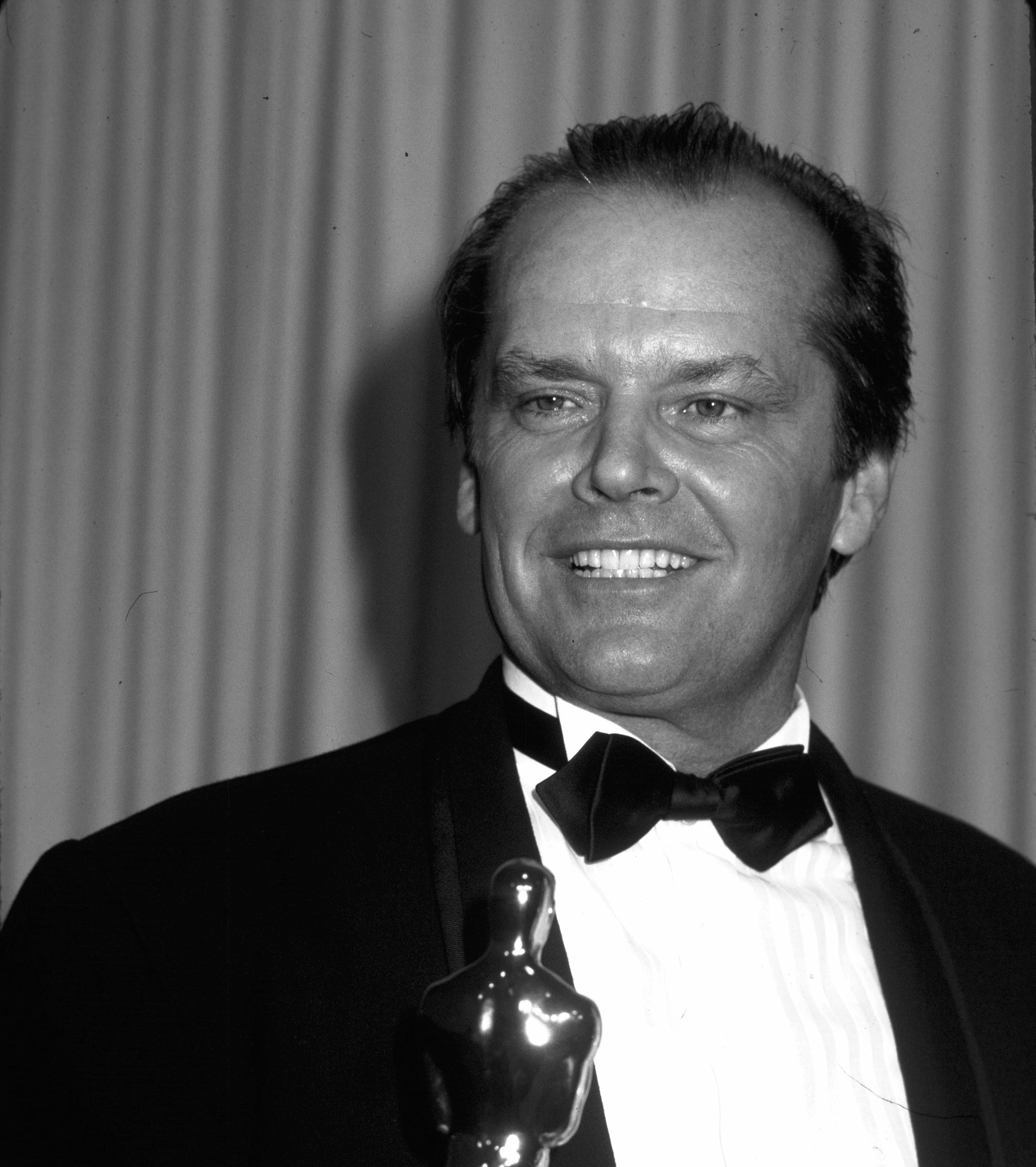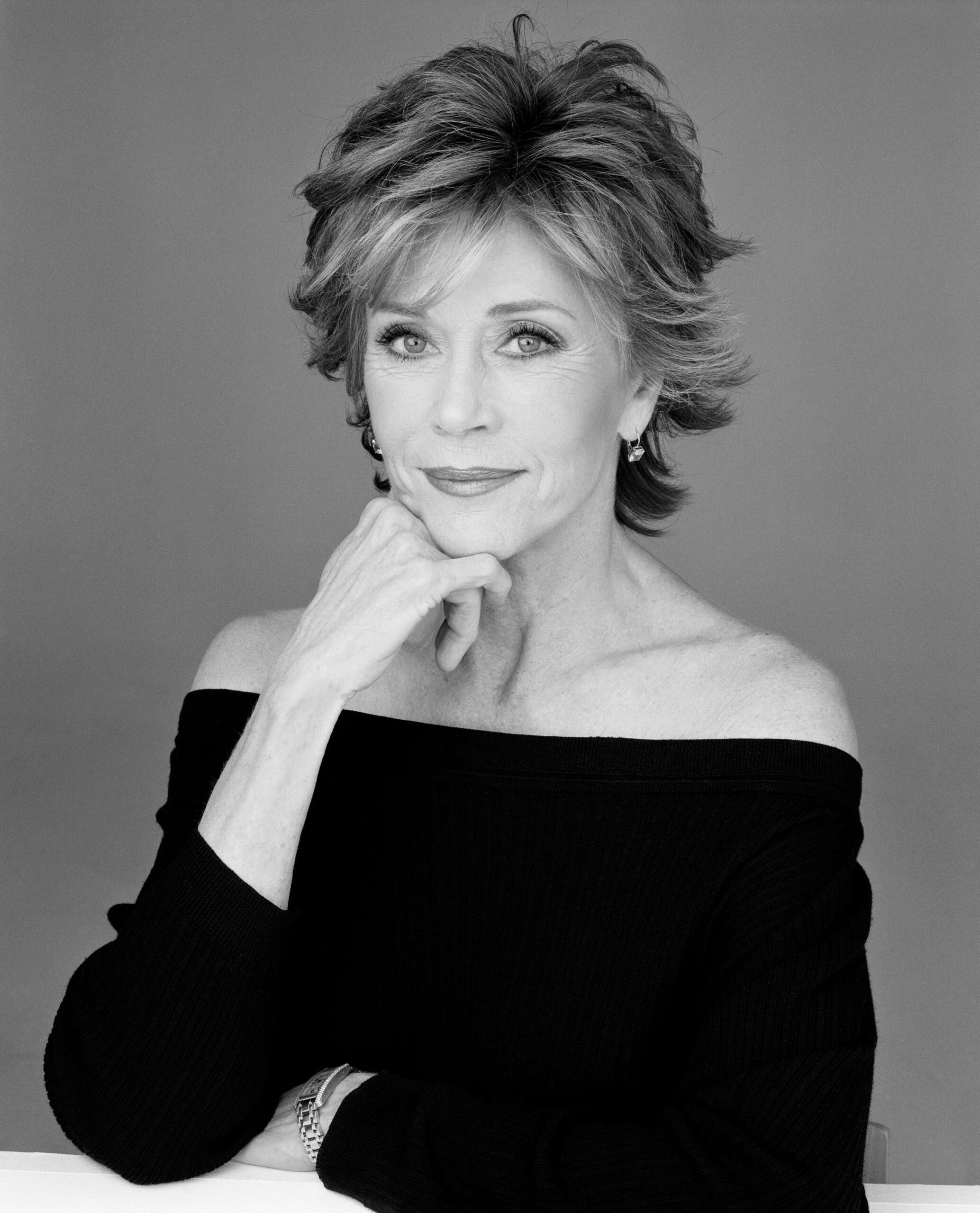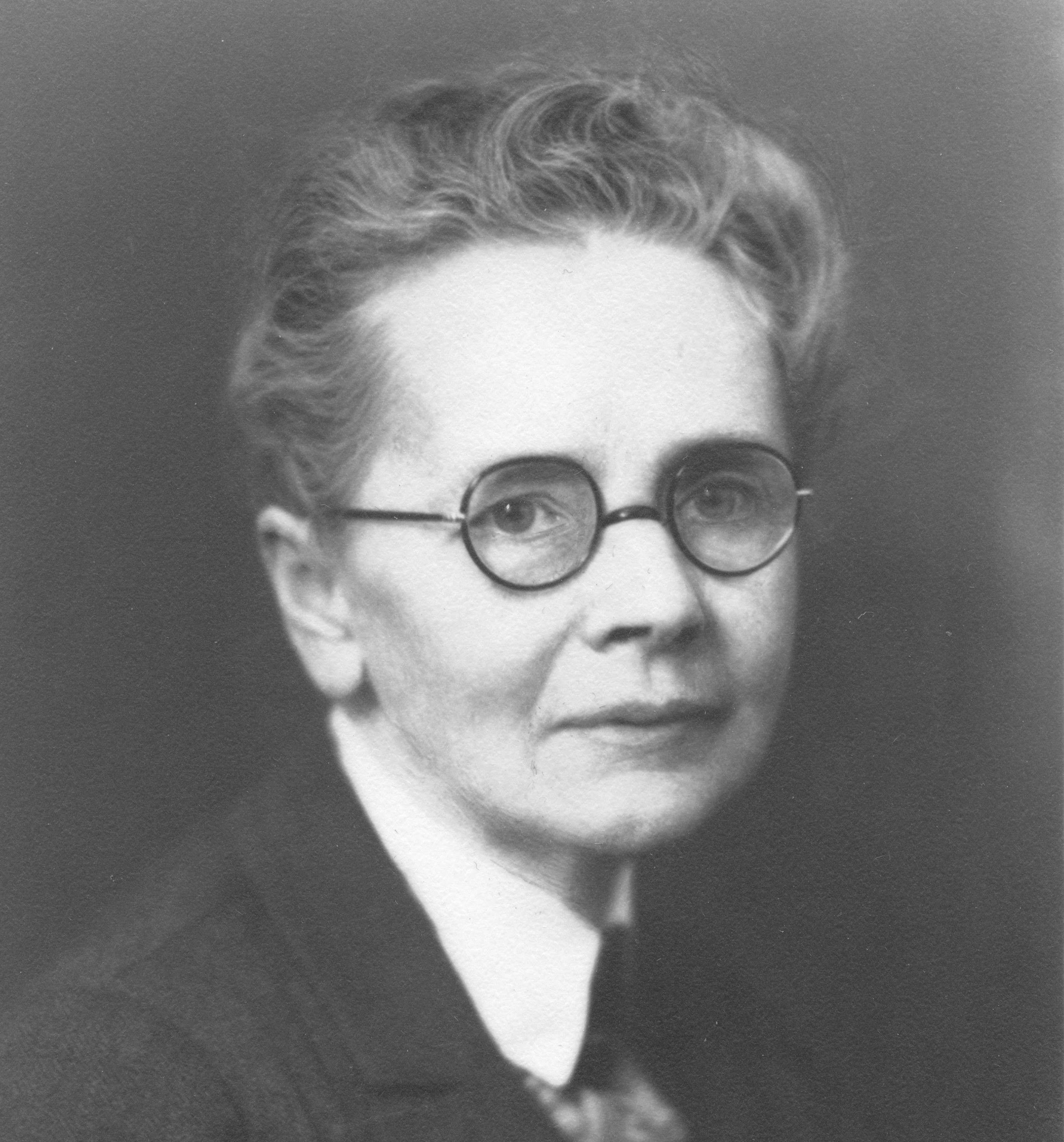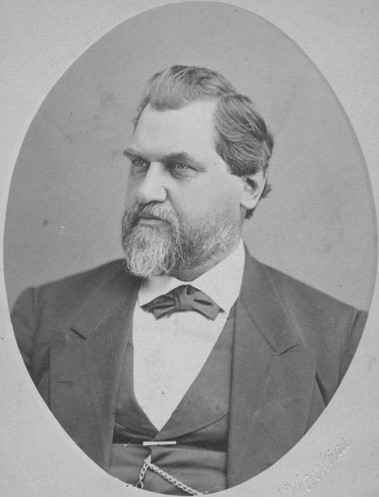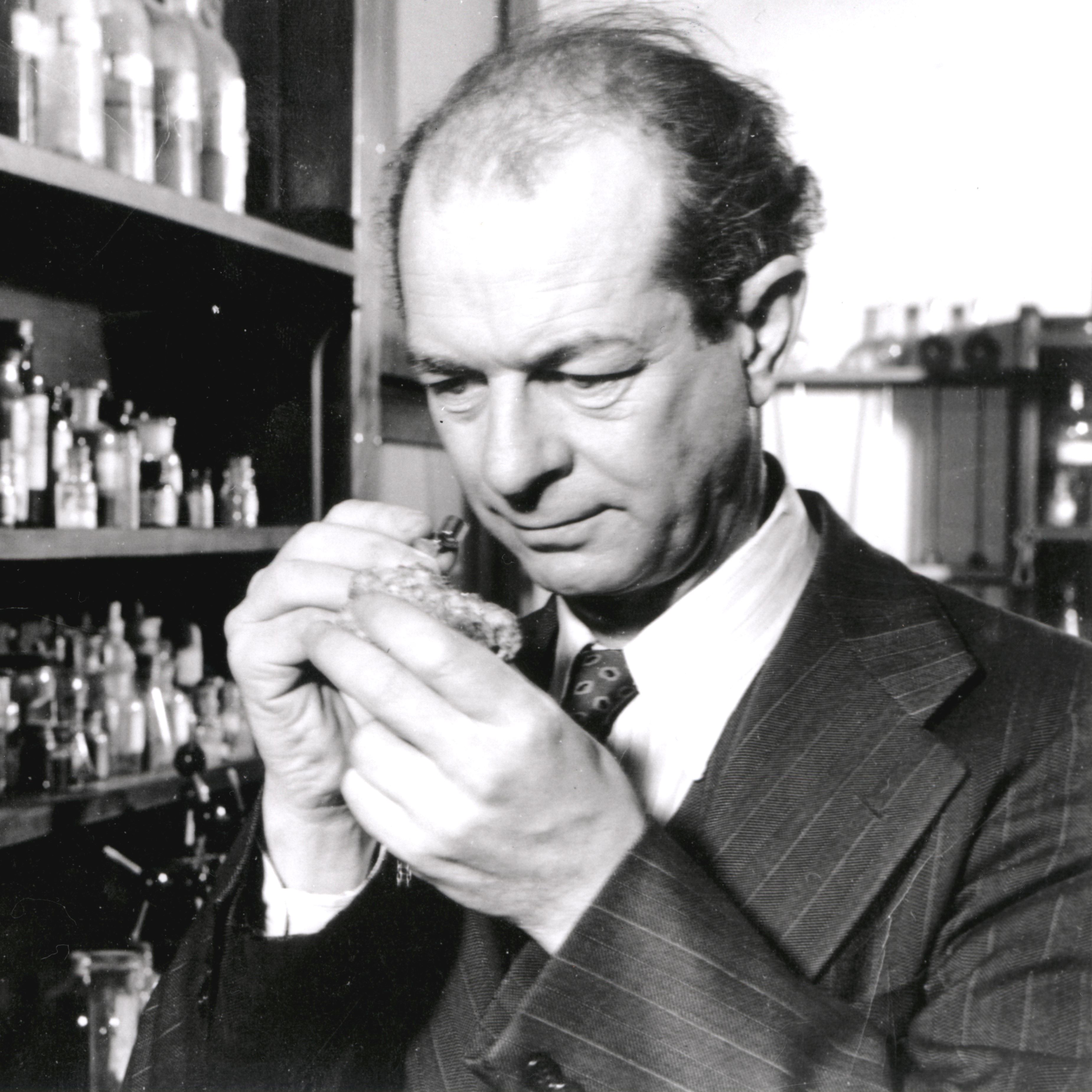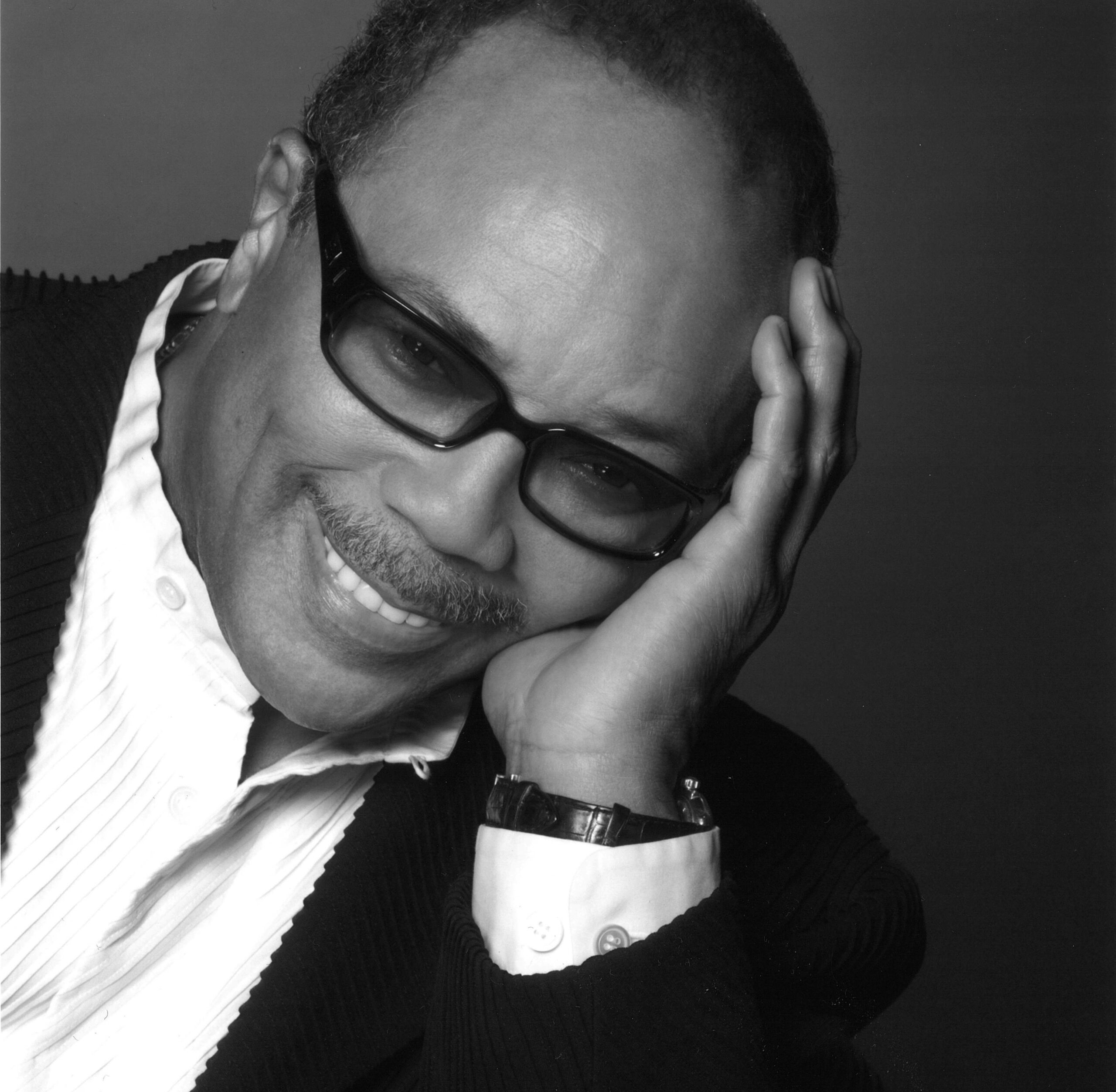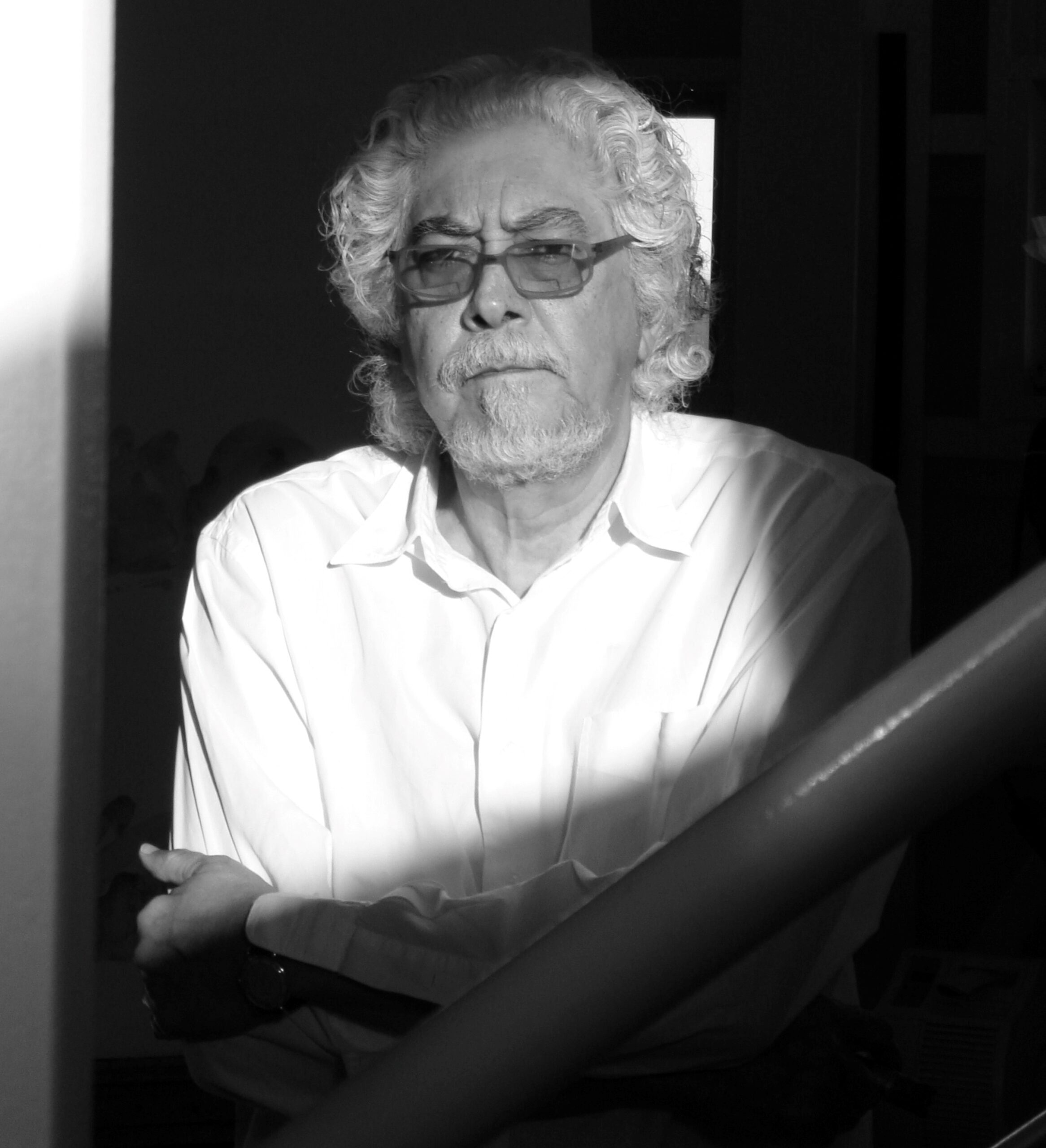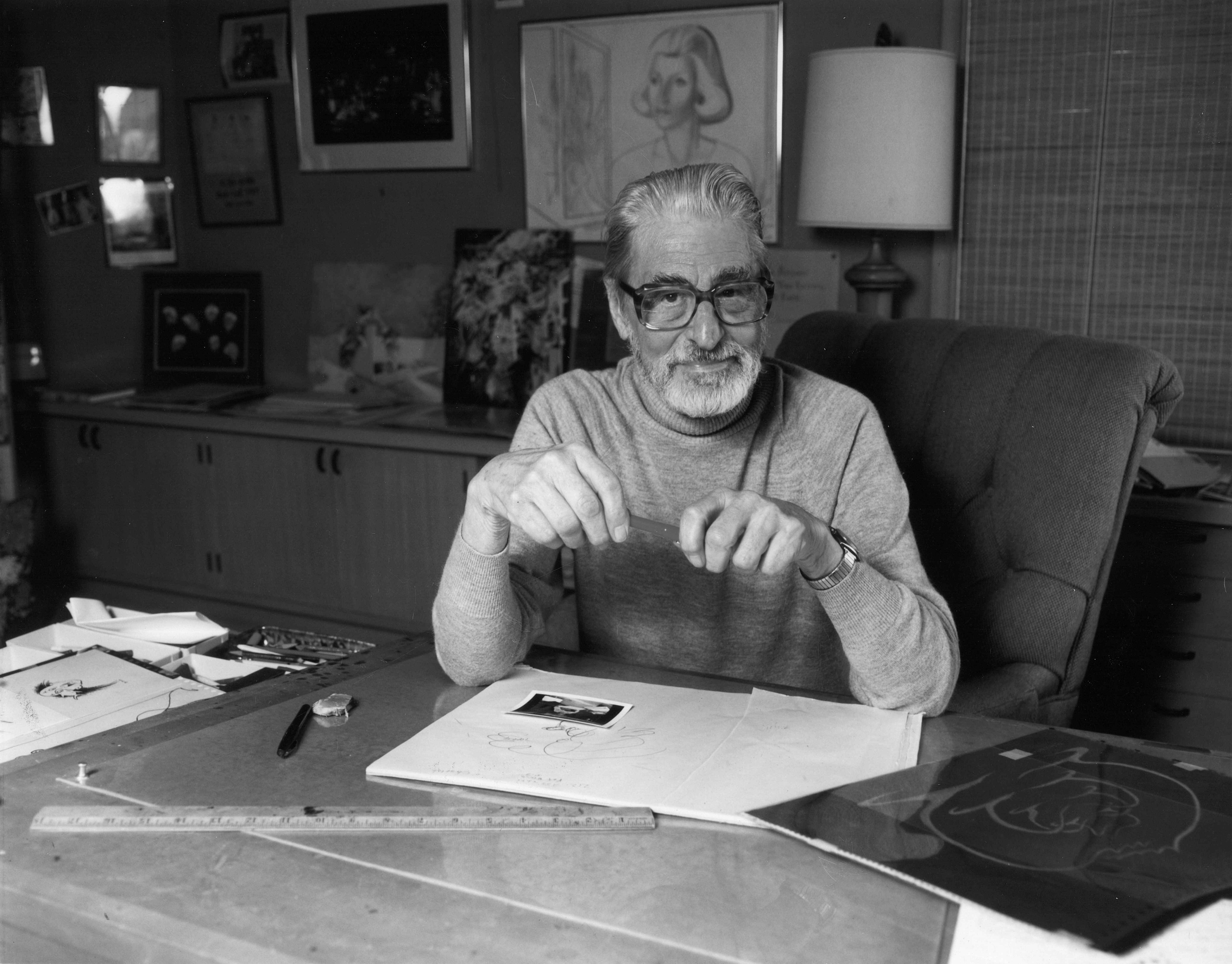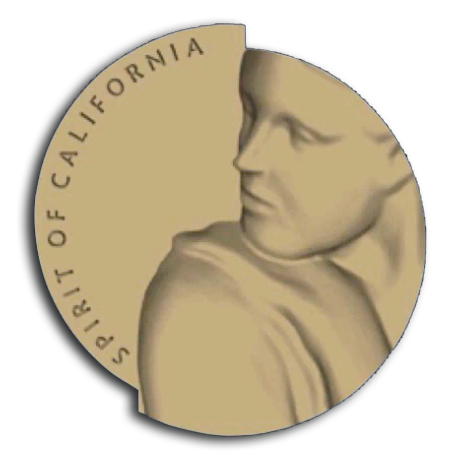3rd Class
Explore This Section
- California Hall of Fame
- 17th Annual California Hall of Fame
- FAQs
- Inductees
- Exhibitions
- Ceremonies
- 10th Annual California Hall of Fame
- 11th Annual California Hall of Fame
- 12th Annual California Hall of Fame
- 13th Annual California Hall of Fame
- 14th Annual California Hall of Fame
- 15th Annual California Hall of Fame
- 16th Annual California Hall of Fame
- 1st Annual California Hall of Fame
- 2nd Annual California Hall of Fame
- 3rd Annual California Hall of Fame
- 4th Annual California Hall of Fame
- 5th Annual California Hall of Fame
- 6th Annual California Hall of Fame
- 7th Annual California Hall of Fame
- 8th Annual California Hall of Fame
- 9th Annual California Hall of Fame
- Nominations

